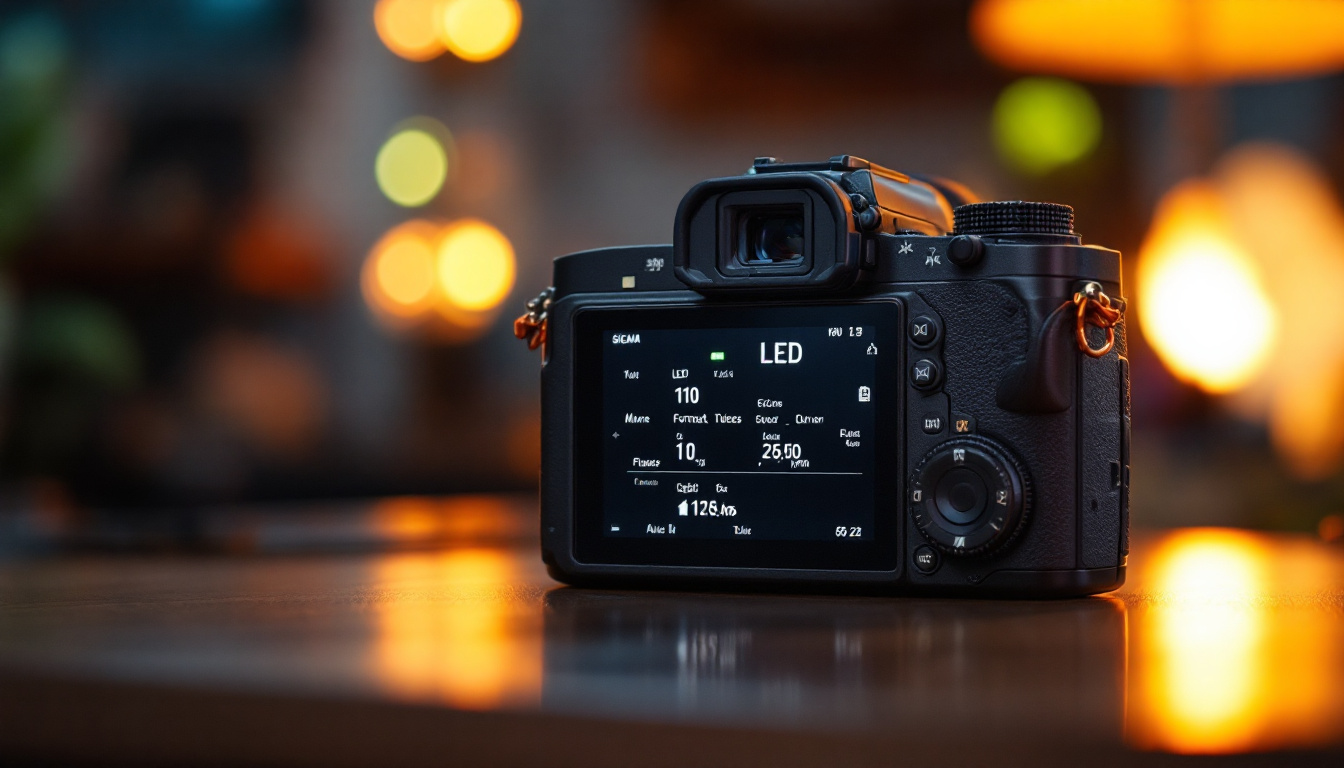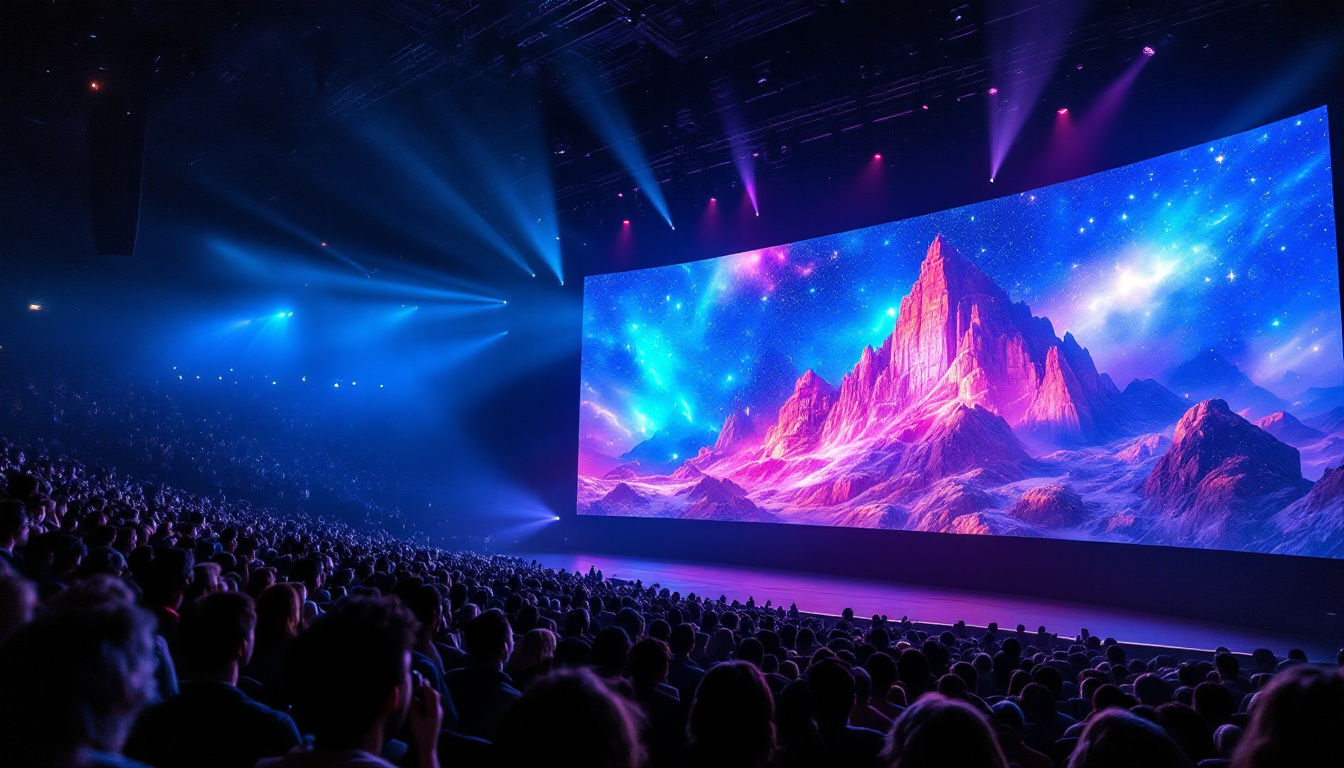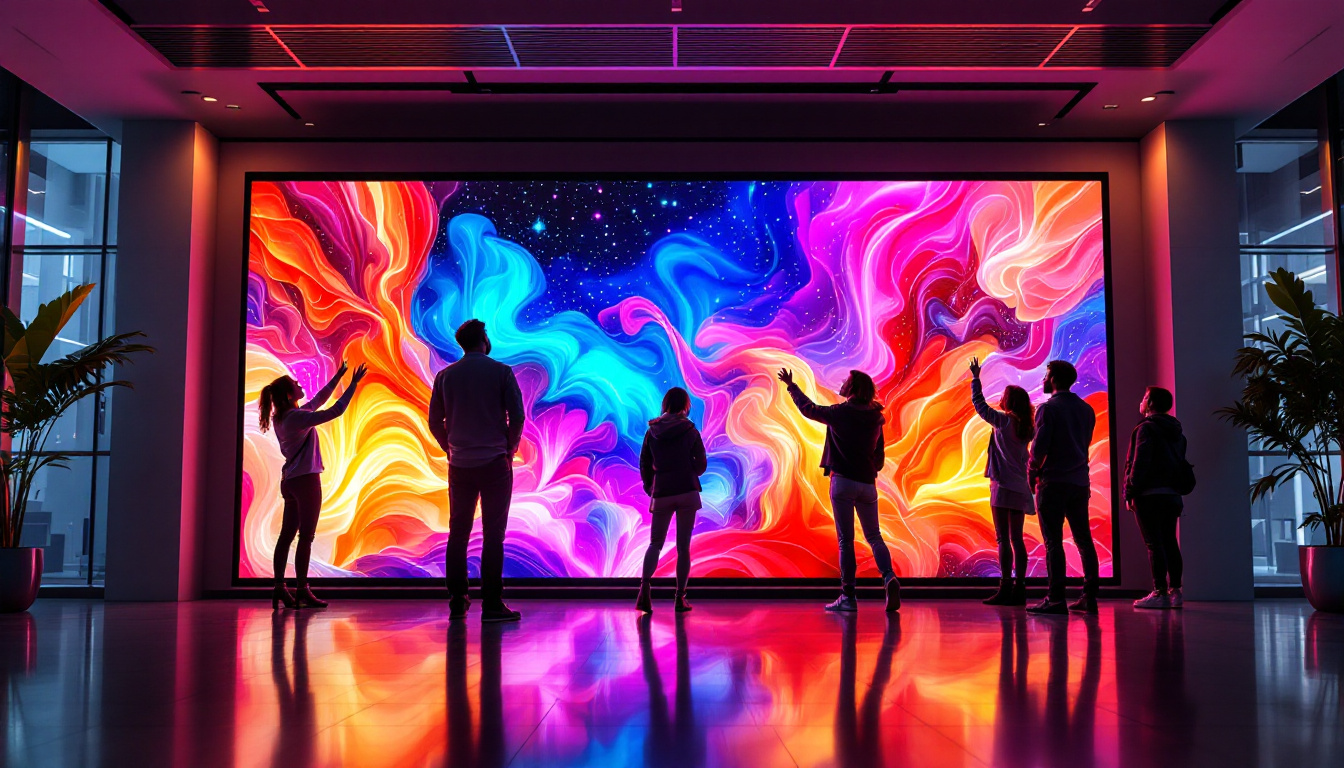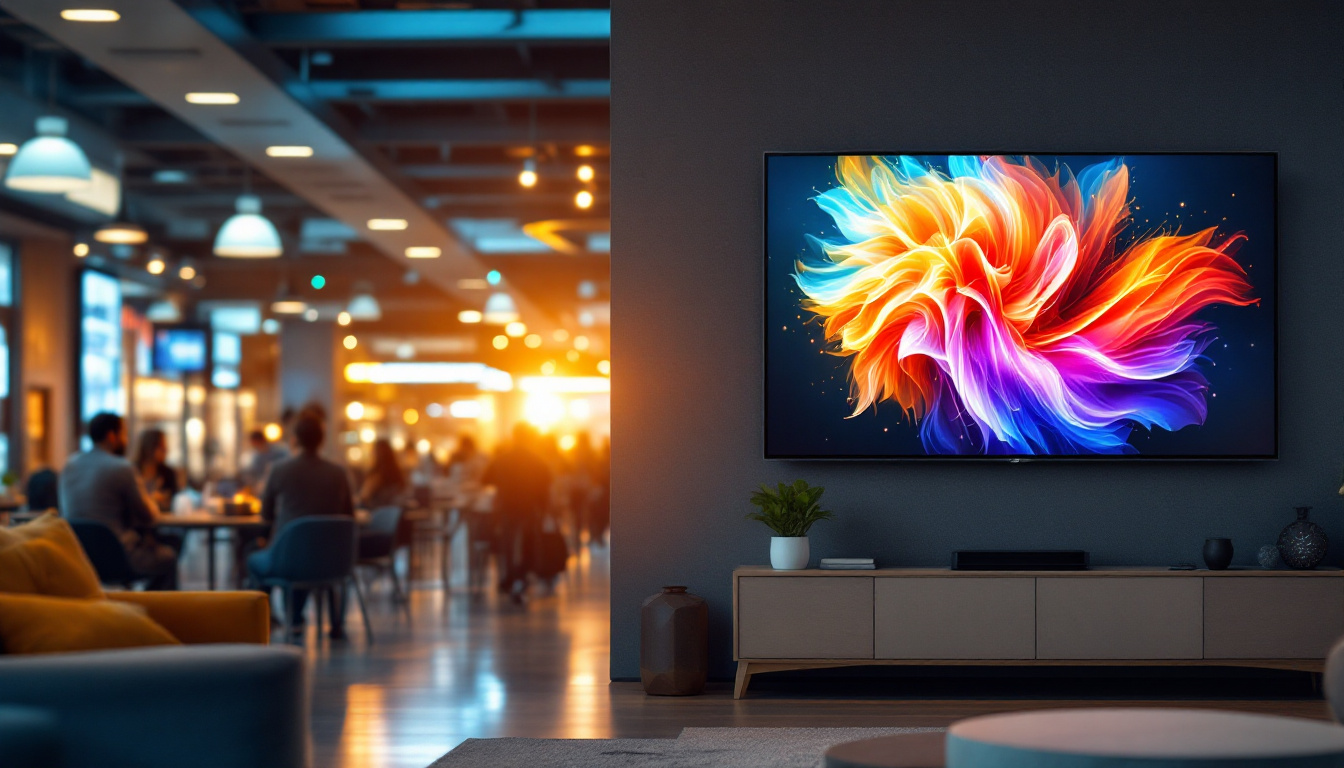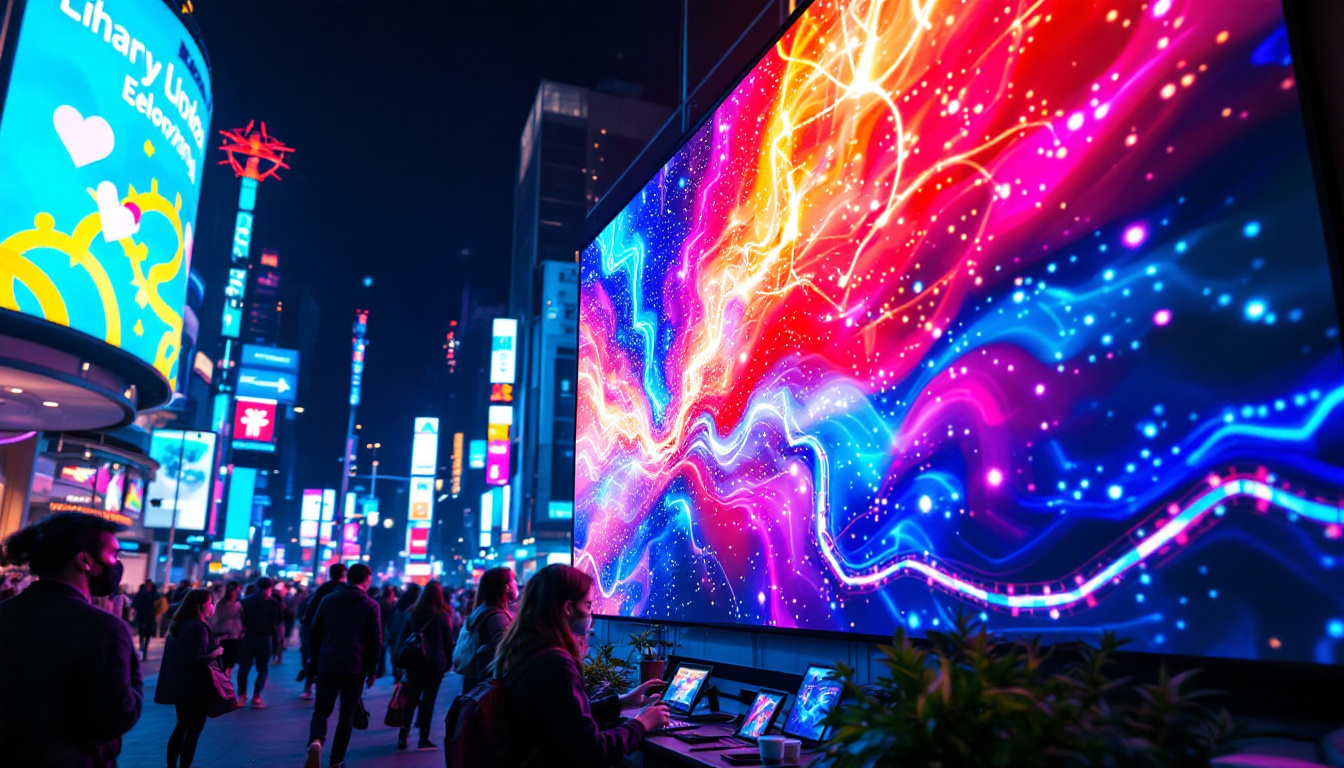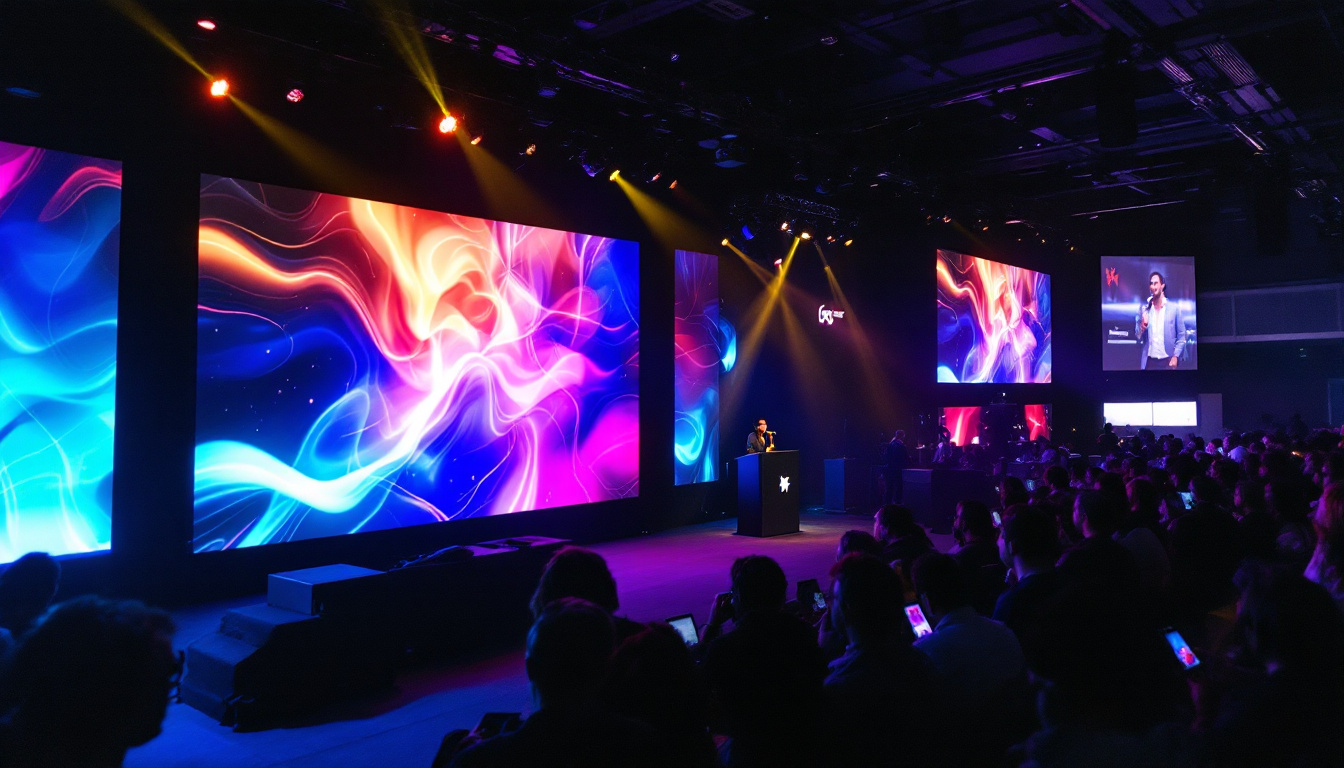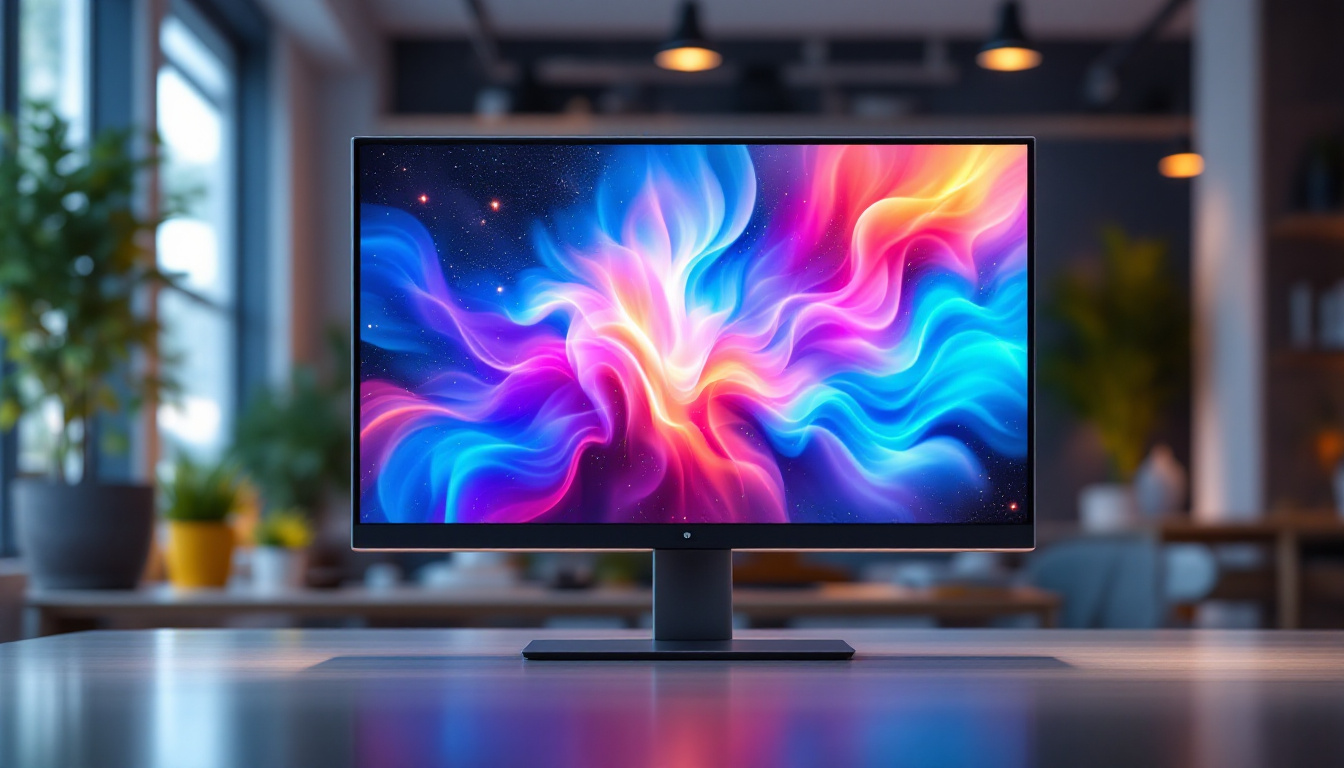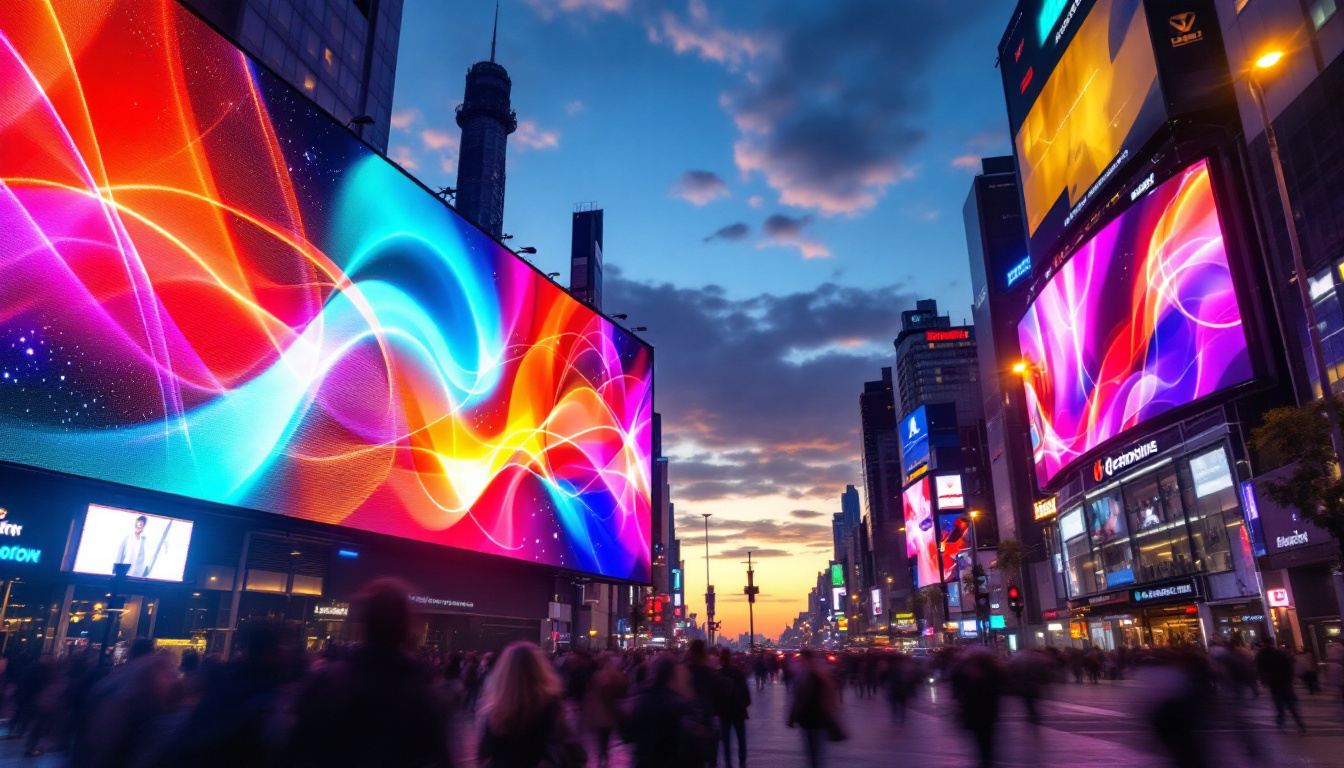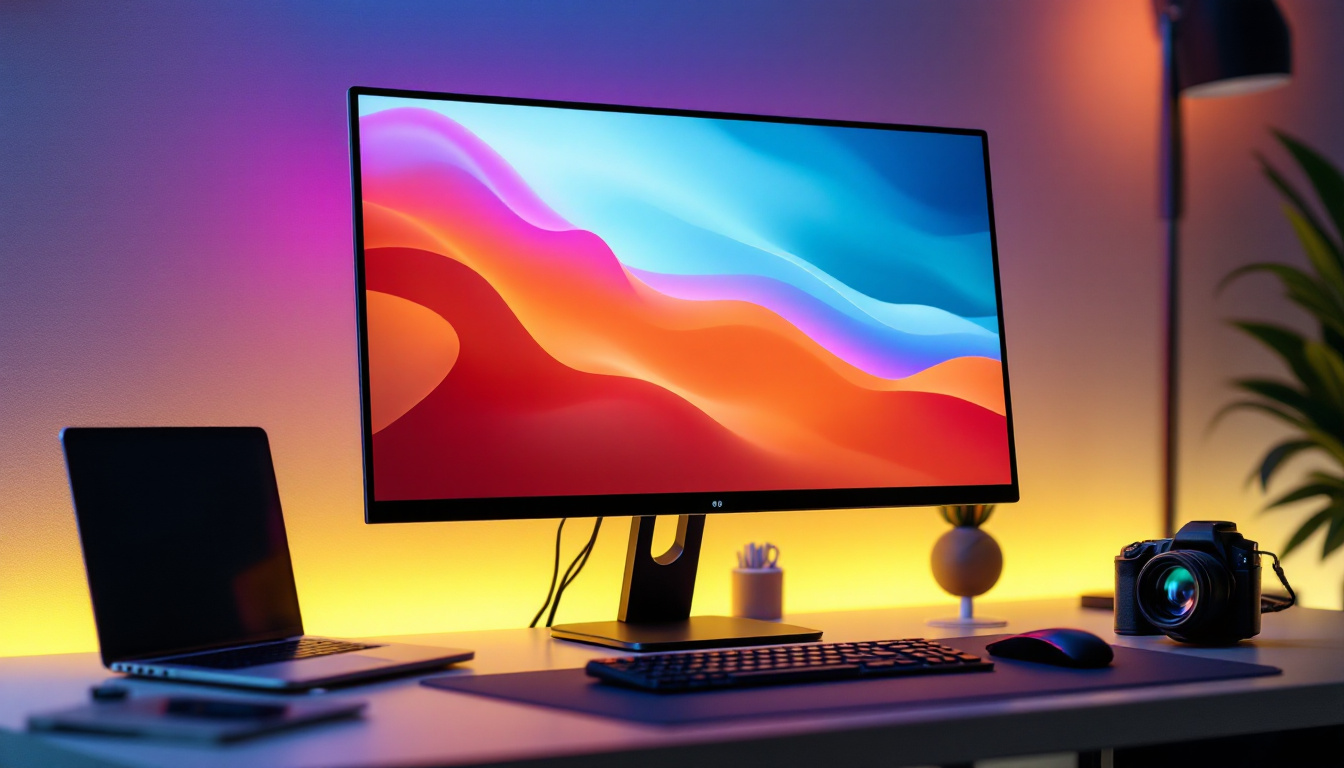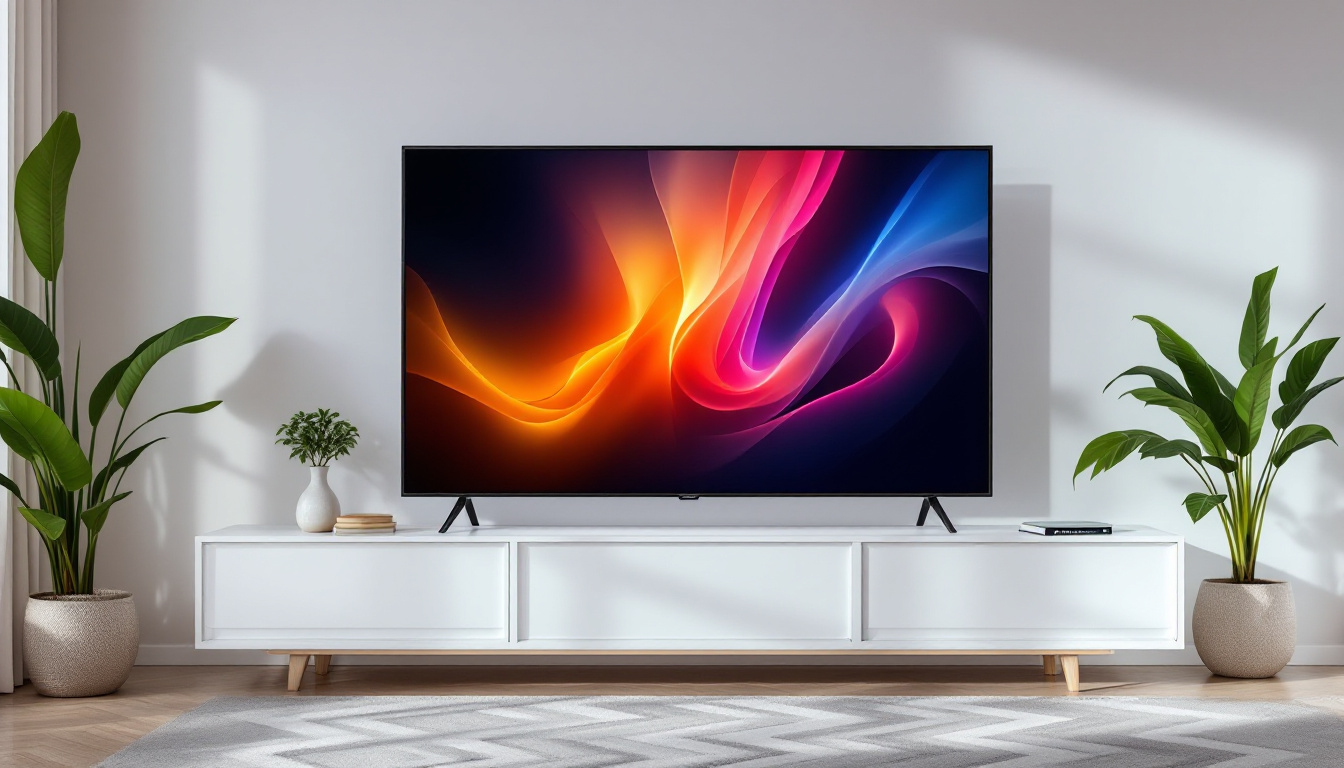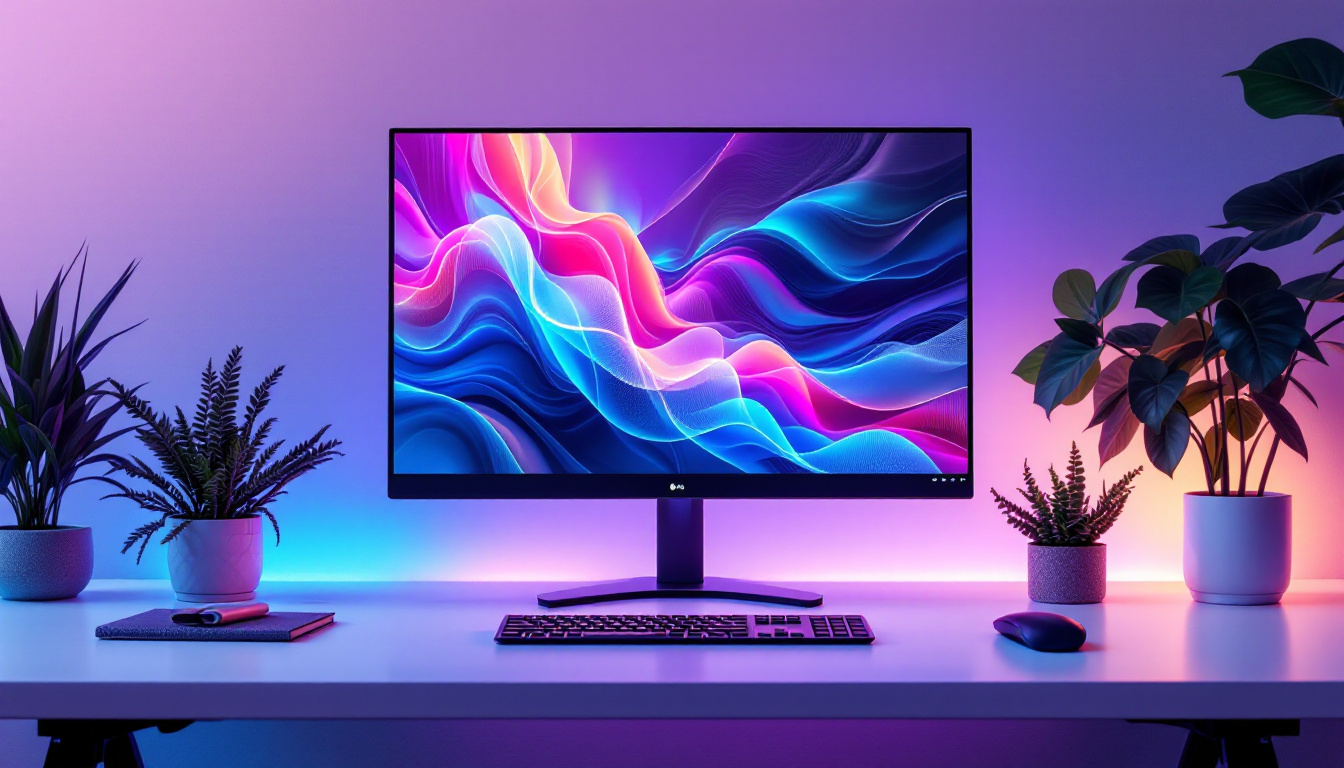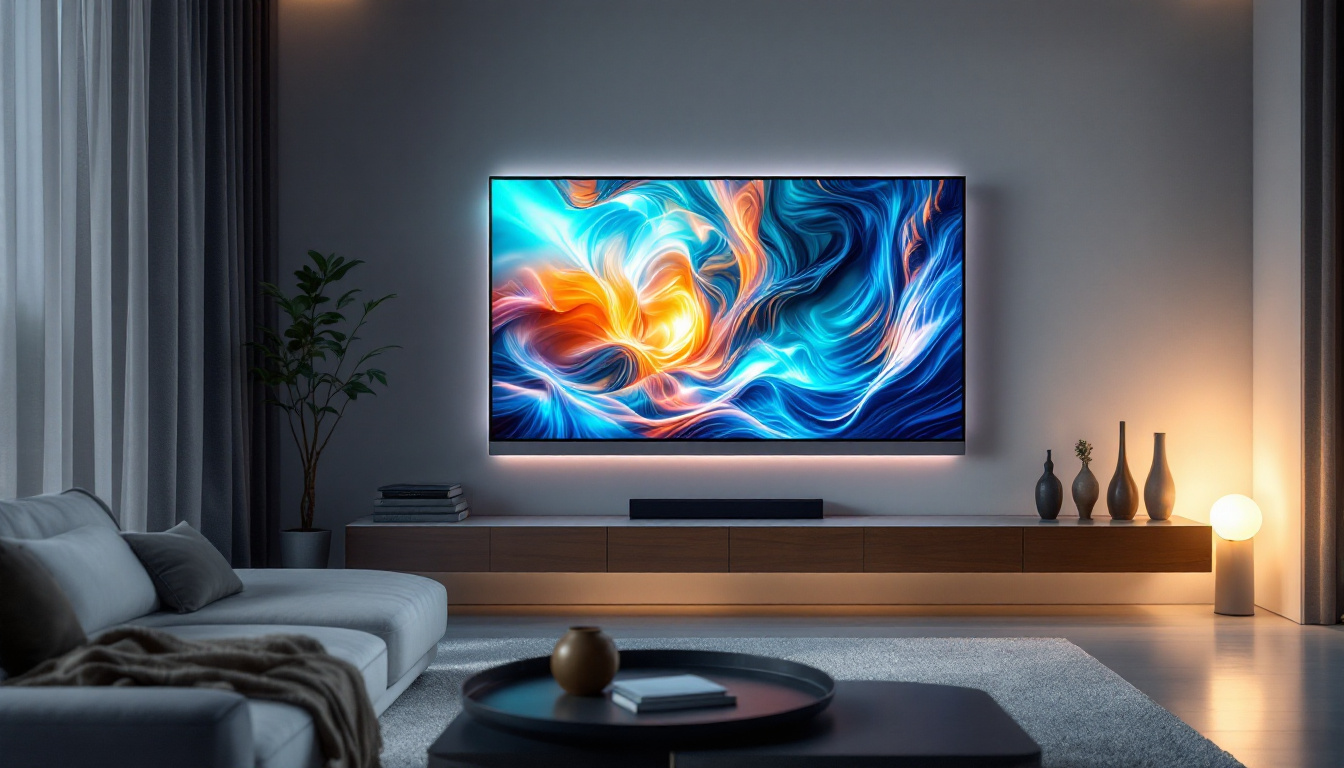DisplayPort 1.4 Bandwidth: LED Display Explained
In the ever-evolving world of display technology, understanding the specifications and capabilities of various interfaces is crucial for both consumers and professionals alike. Among these interfaces, DisplayPort 1.4 has emerged as a significant player, particularly in the realm of LED displays. This article delves into the intricacies of DisplayPort 1.4 bandwidth, its features, and how it enhances the performance of LED displays.
Understanding DisplayPort 1.4
DisplayPort 1.4 is a digital display interface developed by the Video Electronics Standards Association (VESA). Released in March 2016, it brought several improvements over its predecessor, DisplayPort 1.3. One of the most notable enhancements is its increased bandwidth, which allows for higher resolutions and refresh rates, making it ideal for modern LED displays.
Key Features of DisplayPort 1.4
The most significant feature of DisplayPort 1.4 is its bandwidth capability, which reaches up to 32.4 Gbps. This high bandwidth enables support for 4K resolutions at higher refresh rates, as well as 8K resolutions at lower refresh rates. Additionally, DisplayPort 1.4 supports High Dynamic Range (HDR), which enhances the color and contrast of the display, providing a more immersive viewing experience.
Another important aspect of DisplayPort 1.4 is its support for Display Stream Compression (DSC). DSC is a visually lossless compression technology that allows for the transmission of high-resolution video over the existing bandwidth without sacrificing quality. This feature is particularly beneficial for 8K displays, where the amount of data required can be overwhelming. With DSC, users can enjoy stunning visuals without the need for significantly more bandwidth, making it a game-changer for content creators and gamers alike.
Compatibility and Connectivity
DisplayPort 1.4 maintains backward compatibility with previous versions, ensuring that users can connect older devices without issues. This compatibility is crucial for those who may not have upgraded all their hardware but still wish to take advantage of the latest display technologies. It allows for a seamless transition to newer displays while still utilizing existing equipment, which can be a cost-effective solution for many users.
Furthermore, DisplayPort 1.4 supports Multi-Stream Transport (MST), enabling multiple displays to be connected through a single port. This feature is especially useful for professionals who require multiple monitors for enhanced productivity or for gamers who want an expansive gaming setup. By daisy-chaining multiple monitors, users can create a more immersive environment, whether for multitasking in a professional setting or for an enhanced gaming experience. Additionally, the ability to manage multiple displays through a single connection simplifies cable management and reduces clutter, contributing to a cleaner workspace or gaming area.
Moreover, DisplayPort 1.4 also introduces support for Adaptive Sync technology, which helps eliminate screen tearing and stuttering during gameplay. This feature is particularly appealing to gamers, as it synchronizes the display’s refresh rate with the frame rate output of the graphics card, resulting in smoother visuals and a more enjoyable gaming experience. As competitive gaming continues to rise in popularity, technologies like Adaptive Sync become increasingly important for achieving the best performance and responsiveness during intense gaming sessions.
The Role of Bandwidth in LED Displays
Bandwidth plays a pivotal role in determining the quality and performance of LED displays. Higher bandwidth allows for the transmission of more data, which translates into better image quality, higher resolutions, and smoother refresh rates. Understanding how DisplayPort 1.4’s bandwidth impacts LED displays is essential for making informed purchasing decisions.
Resolution and Refresh Rate
One of the primary benefits of DisplayPort 1.4’s high bandwidth is its ability to support higher resolutions and refresh rates. For instance, it can handle 4K resolution (3840 x 2160 pixels) at 120 Hz, which is ideal for gaming and high-definition video playback. Additionally, it can support 8K resolution (7680 x 4320 pixels) at 30 Hz, making it suitable for future-proofing against upcoming display technologies.
The combination of high resolution and refresh rate ensures that LED displays deliver crisp, clear images with minimal motion blur. This is particularly important in fast-paced environments, such as gaming or professional video editing, where every frame counts. Moreover, the ability to achieve such high refresh rates can significantly enhance the overall user experience, making interactions feel more fluid and responsive, which is a crucial aspect for competitive gamers seeking an edge over their opponents.
Color Depth and HDR Support
DisplayPort 1.4 also supports a higher color depth, allowing for more vibrant and accurate colors on LED displays. With support for 10-bit color depth, it can display over a billion colors, significantly enhancing the viewing experience. This capability is further complemented by HDR support, which improves contrast and brightness levels, making images appear more lifelike.
For content creators and graphic designers, the ability to work with a wider color gamut and HDR is invaluable. It ensures that the colors displayed on the screen are true to life, which is essential for tasks that require precision and accuracy. Additionally, the enhanced dynamic range provided by HDR allows for greater detail in both the shadows and highlights of an image, enabling artists and editors to create stunning visuals that captivate audiences. This level of detail is not only beneficial for creative professionals but also enhances the viewing experience for movie enthusiasts who appreciate the subtleties of cinematography.
Advantages of Using DisplayPort 1.4 with LED Displays
Choosing DisplayPort 1.4 as the connection interface for LED displays comes with a host of advantages. From enhanced performance to future-proofing capabilities, the benefits are numerous and significant.
Enhanced Performance
The high bandwidth of DisplayPort 1.4 translates into superior performance for LED displays. Users can enjoy smoother visuals, reduced latency, and improved responsiveness. This is particularly beneficial for gamers who require quick response times and minimal input lag.
Moreover, the support for DSC allows for high-resolution content to be transmitted without compromising quality. This means that even at 8K resolutions, users can experience stunning visuals without the risk of artifacts or degradation in image quality.
In addition to gaming, professionals in graphic design and video editing can greatly benefit from the capabilities of DisplayPort 1.4. The ability to handle high refresh rates and deep color depths ensures that color accuracy and detail are preserved, which is crucial for tasks that demand precision. Whether it’s for creating vibrant graphics or editing high-definition videos, the enhanced performance of DisplayPort 1.4 provides a competitive edge.
Future-Proofing
As display technology continues to advance, having a robust connection like DisplayPort 1.4 ensures that users are prepared for future developments. With the increasing popularity of 8K displays and HDR content, having a connection that can handle these demands is essential for longevity in a rapidly changing market.
Investing in DisplayPort 1.4-compatible devices means that users can enjoy the latest features and technologies without needing to upgrade their hardware frequently. This not only saves money in the long run but also enhances the overall user experience.
Furthermore, DisplayPort 1.4 supports multiple display configurations, allowing users to connect multiple monitors through a single port. This is particularly advantageous for professionals who require extensive screen real estate for multitasking or immersive gaming setups. With the ability to daisy-chain displays, users can create a seamless workspace or gaming environment that maximizes productivity and enjoyment. As the demand for multi-monitor setups continues to grow, DisplayPort 1.4 positions itself as a forward-thinking solution that caters to evolving user needs.
Considerations When Choosing DisplayPort 1.4
While DisplayPort 1.4 offers numerous advantages, there are several considerations to keep in mind when selecting devices that utilize this interface. Understanding these factors can help ensure optimal performance and compatibility.
Cable Quality and Length
The quality of the DisplayPort cable used can significantly impact performance. High-quality cables are essential for achieving the maximum bandwidth and ensuring stable connections. Additionally, the length of the cable can also affect performance; longer cables may experience signal degradation, leading to reduced image quality.
For optimal results, it is recommended to use certified DisplayPort cables that meet the specifications for DisplayPort 1.4. This ensures that users can take full advantage of the capabilities offered by the interface. Furthermore, investing in cables that feature shielding can help minimize interference from external sources, which is particularly important in environments with multiple electronic devices. Users should also consider the connectors; gold-plated connectors, for example, provide better conductivity and resistance to corrosion, enhancing the longevity and reliability of the connection.
Device Compatibility
Before purchasing a DisplayPort 1.4 device, it is crucial to check compatibility with existing hardware. While DisplayPort 1.4 is backward compatible, not all devices may support the full range of features. For instance, older monitors may not support 8K resolutions or HDR, limiting the benefits of using DisplayPort 1.4.
Additionally, users should ensure that their graphics cards and other connected devices also support DisplayPort 1.4 to fully leverage its capabilities. It is also worth noting that some devices may require firmware updates to unlock the full potential of DisplayPort 1.4 features. Keeping drivers and firmware up to date can enhance performance and compatibility, ensuring that users can enjoy the latest advancements in display technology. Moreover, as new standards are introduced, being aware of future-proofing options can help users make informed decisions that will extend the lifespan of their setups.
Conclusion
DisplayPort 1.4 represents a significant advancement in display technology, particularly for LED displays. With its high bandwidth, support for high resolutions, and enhanced color depth, it provides an exceptional viewing experience that is hard to match. As technology continues to evolve, DisplayPort 1.4 stands as a reliable and future-proof choice for consumers and professionals alike.
By understanding the capabilities and advantages of DisplayPort 1.4, users can make informed decisions when selecting their display setups. Whether for gaming, professional work, or casual viewing, the benefits of this interface are clear, making it a valuable addition to any display technology arsenal.
Explore Cutting-Edge LED Displays with LumenMatrix
Ready to experience the full potential of DisplayPort 1.4 with LED displays that push the boundaries of visual excellence? LumenMatrix is at the forefront of LED display innovation, offering a wide array of solutions tailored to meet your needs. From immersive Indoor LED Walls to dynamic Outdoor LED Displays, and from versatile Vehicle LED Displays to sleek LED Poster Displays, our products are designed to captivate and engage. Discover how our LED Sports Displays, interactive Floor LED Displays, and Custom LED solutions can transform your space and message. Elevate your visual communication today by visiting LumenMatrix LED Display Solutions and take the first step towards creating unforgettable visual experiences.




